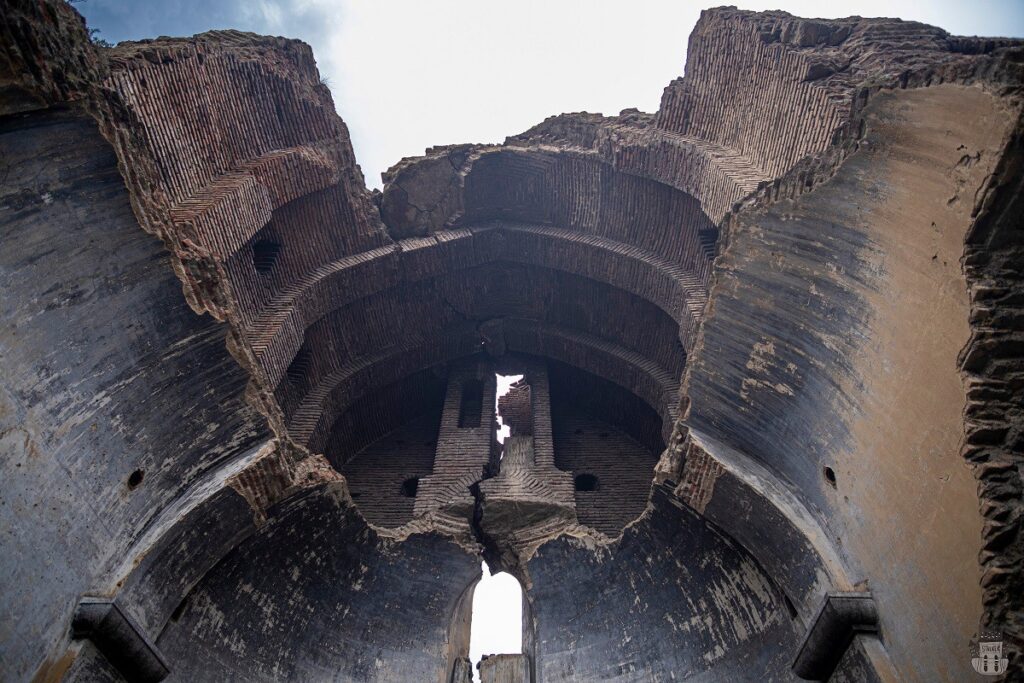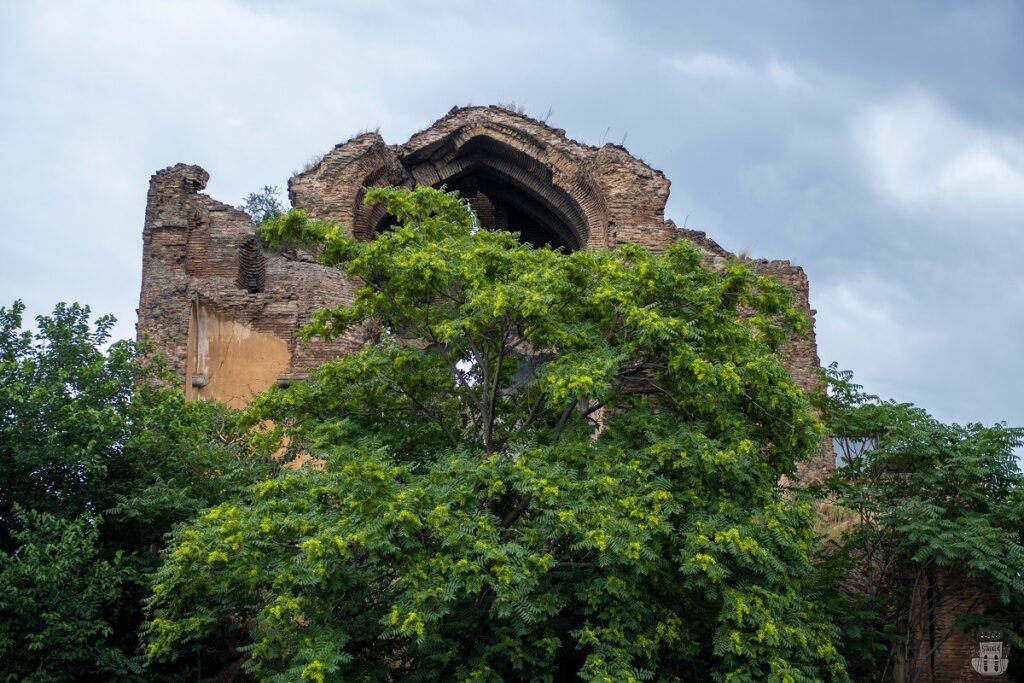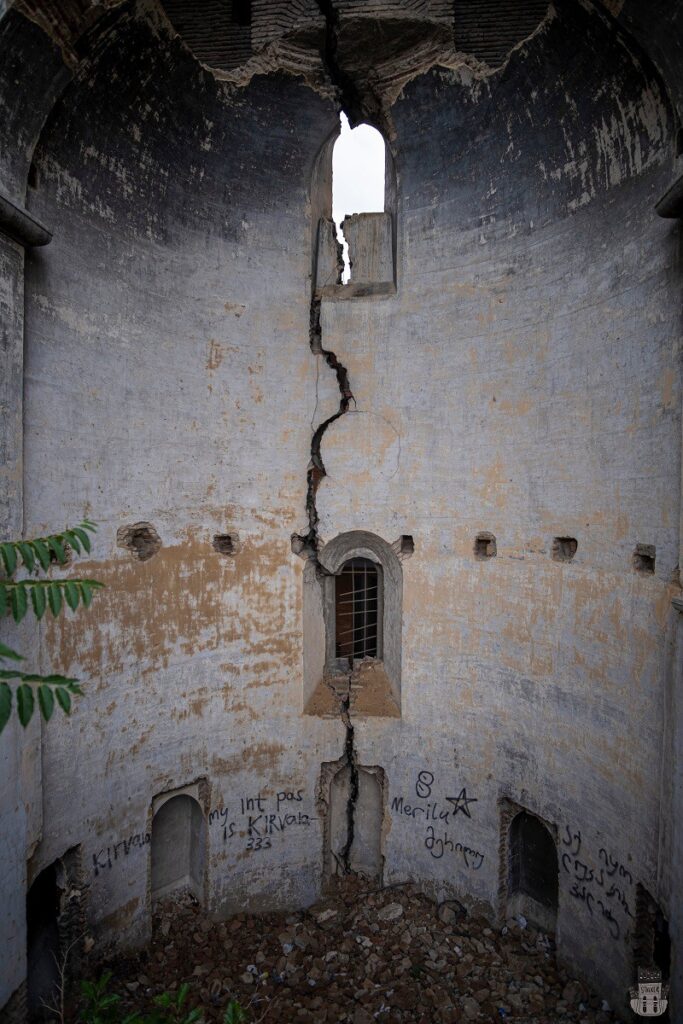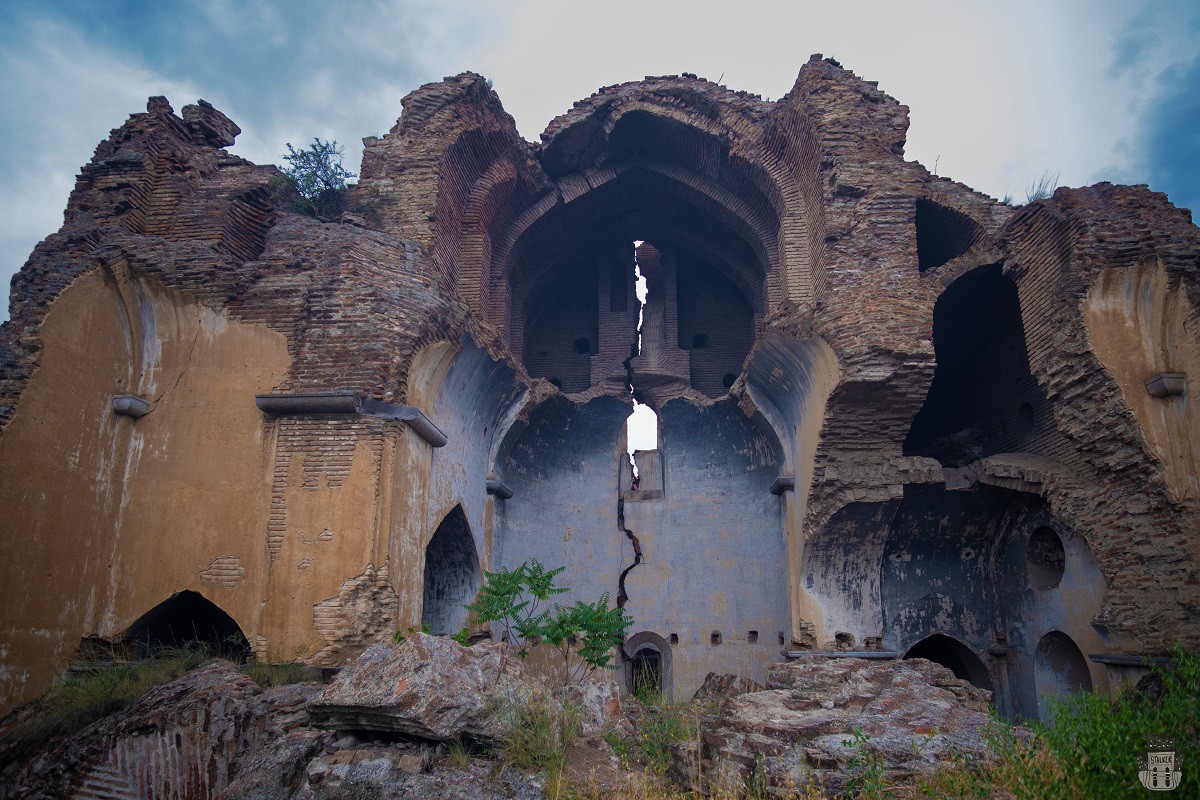Nestled amidst the bustling streets of old Tbilisi, the Church Shamkoretsots Astvatsatsin, also known as the Church of the Blessed Virgin Shamkortsev, stands as a testament to centuries of history, architectural splendour, and a cloud of mystery that surrounds its demise. This edifice, alternatively dubbed Karmir Avetaran, meaning “Purple Gospel,” has witnessed the ebb and flow of time since its construction commenced in 1775, marking a unique chapter in Georgian and Armenian heritage.
The origins of this sacred structure are shrouded in controversy, with historical documents providing conflicting accounts of its inception. According to the Armenian architectural registry, the church was built through public contributions in 1809, with records attributed to Catholicos Nerses Ashtaraketsi. However, some historians, such as Georgian scholar I. Ioseliani, argues that its roots trace back to the establishment of a monastic cloister in 1775. Regardless of its precise origins, the Church Shamkoretsots Astvatsatsin has left an indelible mark on the landscape of both Tbilisi and Georgia.

Old Tbilisi
Remarkably positioned on Church Street Shamkhor near Gare Avlabari, this architectural gem stands shoulder to shoulder with other Armenian churches, notably St. Gevorg Echmiadznetsots. The very name “Shamkoretsots” hints at a connection to Shamkora, a medieval Armenian city, suggesting that its founders or restorers may have migrated from there to Tbilisi. However, these name associations often served pragmatic purposes, delineating parishes and facilitating the growth of monastic communities.
Shamkor, akin to Gandzak, once flourished as a cultural and religious nucleus in medieval Armenia. The city endured invasions and reconstructions, driving waves of migration to Tiflis (Tbilisi) as Armenians sought refuge from the Seljuks, Mongols, and other upheavals. These migrations, partly instigated by Georgian monarchs, led to significant demographic shifts, ultimately influencing the economy and society of the region.
The architecture
The Church Shamkoretsots Astvatsatsin, an architectural marvel, graced old Tbilisi as its loftiest beacon of faith. Its grandeur was marked by a monumental dome and exquisite facades adorned with intricate sculptures and epigraphic inscriptions. Throughout its existence, the church housed valuable relics, including those of St. Garabed, further underscoring its significance as a spiritual haven.

Robbery and the closure
However, the passage of time was not without challenges. The church weathered numerous storms, including a robbery in 1858 that saw the theft of St. Garabed’s relics. Despite investigations, the perpetrators were not brought to justice, leading to the church’s closure in 1873. Restoration efforts in 1881 sought to revive its former glory, yet the years that followed witnessed a series of transformations, with the church serving as a bakery, gymnasium, library, and workshop.
The collapse
The Armenian community consistently sought to restore the church, but their appeals to city authorities remained unanswered. In an unfortunate turn of events, on April 13, 1989, tragedy struck as the historic monument collapsed, enveloping the surroundings in a cloud of dust. Official explanations pointed to an earthquake, but scepticism arose due to various factors, such as the robust construction typical of Armenian churches and the timing of the collapse.
Amidst the rubble, remnants of the temple’s external embellishments were salvaged, while looters capitalized on the chaos to pilfer valuable artefacts. Despite these challenges, the Armenian community’s resolve endured, and discussions about the church’s future persisted.
Today
Fast-forward to the present, the Church Shamkoretsots Astvatsatsin stands as an enigmatic ruin, a fragment of its former self. The debate about its restoration and ownership continues, raising questions about its eventual fate and the role it plays in preserving the cultural heritage of the region.
In a world where the past and present converge, the historic Church of the Blessed Virgin Shamkortsev remains a poignant symbol of resilience, beauty, and the complex interplay between history and memory. As Tbilisi’s streets continue to echo with the footsteps of the present, the whispers of the past linger, reminding us of the enduring legacy of this architectural marvel.

Urbex location:




